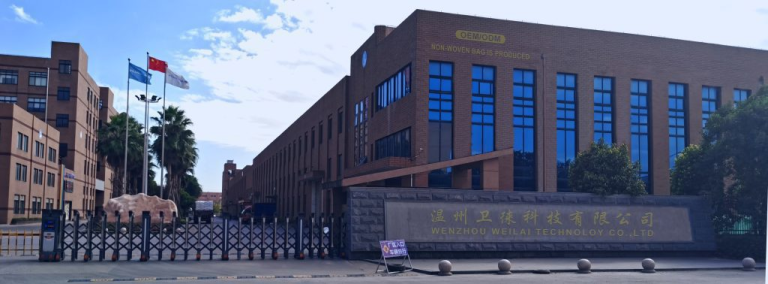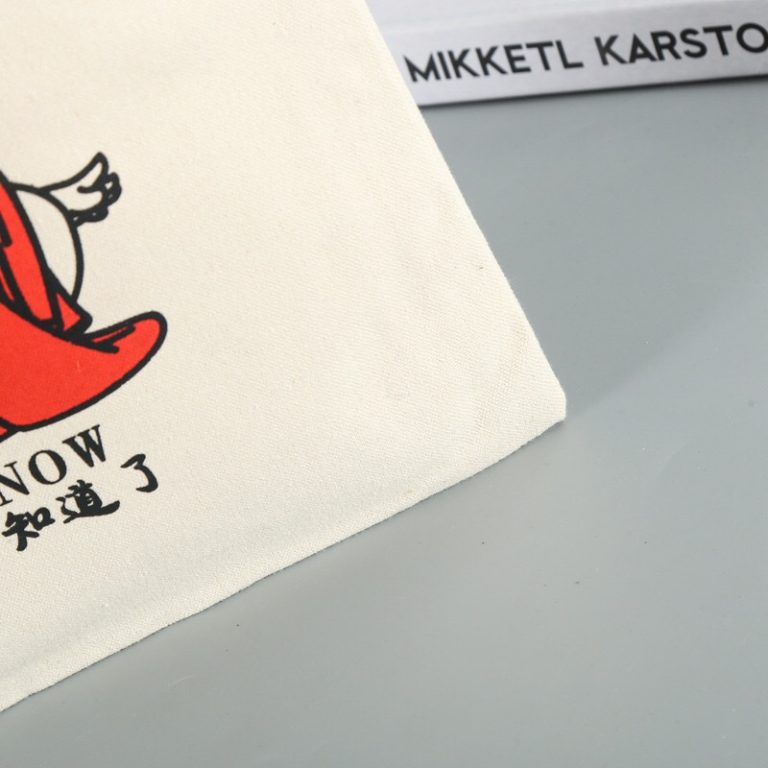Decoding Polypropylene’s Breathability
Polypropylene, a commonly used thermoplastic polymer, has captured the attention of industries and consumers alike for its remarkable breathability. In this article, we will delve into the science behind polypropylene’s breathability and unravel why it is considered a true marvel in the world of materials.
Polypropylene’s breathability stems from its unique molecular structure. The polymer consists of long chains of propylene monomers, which are arranged in a regular fashion. This arrangement creates a lattice-like structure that allows air molecules to pass through easily. As a result, polypropylene fabric exhibits exceptional breathability, making it a preferred choice for numerous applications.

One of the primary advantages of polypropylene’s breathability is its ability to regulate moisture. When we engage in physical activities or find ourselves in warm environments, our bodies naturally produce sweat to cool down. Polypropylene fabric acts as a moisture-wicking material, drawing moisture away from the body and allowing it to evaporate quickly. This effective moisture management helps to keep us dry and comfortable, even during strenuous activities.
Furthermore, polypropylene’s breathability plays a vital role in temperature regulation. The fabric’s ability to allow air to circulate helps to dissipate excess heat, keeping the body at a comfortable temperature. Whether it’s in sportswear, outdoor gear, or medical textiles, this breathability element ensures optimal comfort levels and enhances overall performance.
Polypropylene’s breathability also extends its benefits to the realm of hygiene and health. The fabric’s ability to allow air to flow freely helps to reduce the build-up of moisture and the growth of bacteria or fungi. This makes polypropylene an ideal choice for applications such as surgical gowns, face masks, and wound dressings, where maintaining a sterile environment is critical.

In addition to its practical advantages, polypropylene’s breathability contributes to its eco-friendly profile. The fabric’s breathable nature allows for quick drying, minimizing energy consumption during laundering processes. Additionally, polypropylene is a recyclable material, making it a sustainable choice for those concerned about the environment.
While polypropylene’s breathability is undoubtedly a marvel, it is essential to acknowledge some limitations. In certain applications, such as protective clothing for hazardous environments, a higher level of impermeability may be necessary to ensure safety. However, advancements in the field continue to address these challenges, further expanding the potential applications of breathable polypropylene fabrics.
In conclusion, polypropylene’s breathability is a characteristic that sets it apart from other materials. Its molecular structure allows air to flow freely, regulating moisture, temperature, and promoting comfort. From sportswear that keeps athletes cool and dry to medical textiles that enhance hygiene and sterilization, the breathability of polypropylene fabric is a remarkable attribute with significant benefits. As we continue to unlock the secrets of polypropylene’s breathability, its role in enhancing our daily lives becomes increasingly evident – a true marvel indeed.
Contact us for free sample






